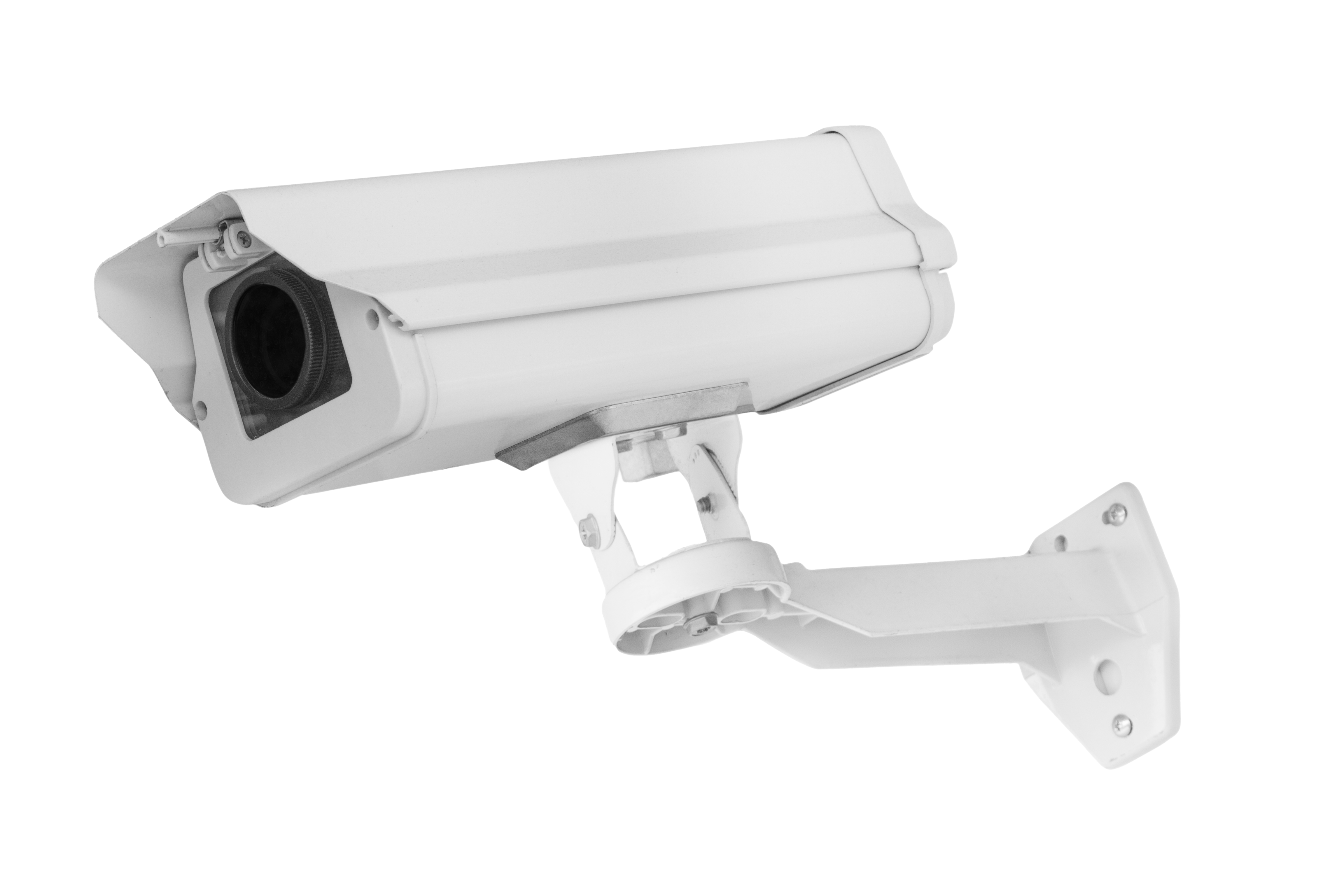
Putida Supakarn/Shutterstock.
This article appeared in the October 2024 issue of Resource Recycling. Subscribe today for access to all print content.
Recycling facilities are the unsung heroes of our waste management system. These complex operations process vast quantities of materials, facing immense pressure to optimize efficiency while maintaining environmental and safety standards. Video monitoring technology has emerged as a powerful tool to address these challenges.
The Power of Sight
At the heart of successful recycling lies visibility. Video surveillance provides a comprehensive view of operations, from incoming materials to the final sorted products. By strategically placing cameras throughout the facility, managers gain real-time insights into every stage of the process.
- Identifying Bottlenecks: Video analysis helps pinpoint areas where materials accumulate or processes slow down. This knowledge empowers facility managers to make data-driven decisions to streamline operations.
- Enhancing Quality Control: Cameras enable real-time monitoring of material quality, ensuring only pure materials proceed to the next stage. This reduces contamination and improves overall product quality.
- Prioritizing Worker Safety: Recycling facilities are inherently hazardous. Video surveillance acts as a vigilant eye, detecting unsafe practices and enabling prompt intervention. Additionally, footage can be used for safety training, fostering a culture of prevention.
Compliance and Cost Savings
Regulatory compliance is a top priority for recycling facilities. Video evidence can be invaluable in demonstrating adherence to environmental and safety standards. Beyond compliance, surveillance systems contribute to cost-reduction.
- Preventing Downtime: By monitoring equipment performance, potential issues can be identified early, minimizing downtime and associated costs.
- Optimizing Resource Allocation: Video analysis can reveal inefficiencies in labor and energy usage, leading to optimized resource allocation.
Choosing the Right Equipment
The harsh conditions of a recycling facility demand specialized equipment. Ruggedized cameras designed for industrial environments are essential for reliable performance. While the initial investment in robust cameras might be higher, the long-term benefits in terms of durability and reduced maintenance costs often outweigh the upfront expense.
Investing in video surveillance is not just about security; it’s about transforming recycling operations. By harnessing the power of visual data, facilities can enhance efficiency, improve safety, and contribute to a more sustainable future.
Heidi Schmidt has worked in the video technology space for almost 20 years, building expertise in CCTV, industrial video applications, new product development, video network solutions, and more. As global sales manager at Opticom Tech, she helps customers implement robust video monitoring solutions for unique and harsh industrial environments and can be reached at [email protected] or 269-719-5889.
The views and opinions expressed are those of the author and do not imply endorsement by Resource Recycling, Inc. If you have a subject you wish to cover in an op-ed, please send a short proposal to [email protected] for consideration.

